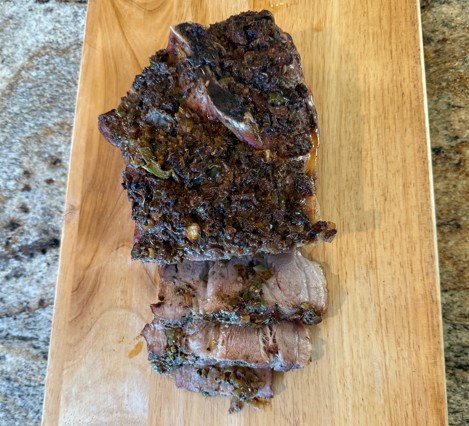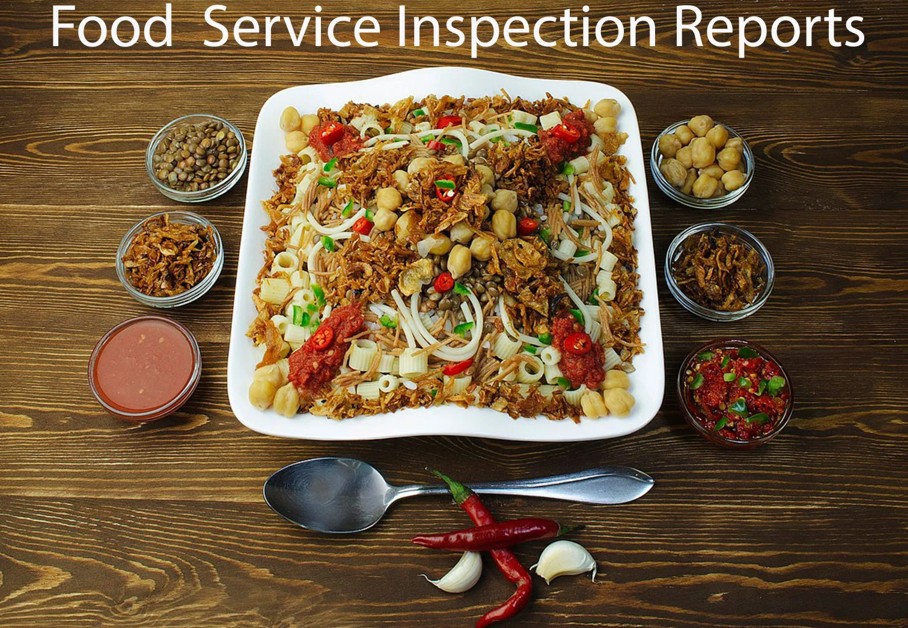Dennis Patillo: A pork roast recipe inspired by Paul Prudhomme
Published 12:15 pm Wednesday, July 30, 2025
Most evenings, I like to prepare dinner for Louise and me in about 30 minutes. This includes assembling the ingredients, all slicing and chopping, and finally the cooking, plating, and garnishing.
Once you have your routine down, it is easy really. Proteins can be pan sauteed, roasted, or broiled. Vegetables can be steamed, boiled, or sauteed. If you vary your proteins and vegetables, you can survive on this short order existence for months or years even.
Sometimes though, you want to slow down, take your time, and cook something that can only be prepared with low and slow cooking. Some flavors can only fully develop over time. Some proteins only become tender after hours on the stove, or in the oven.
Trending
Take posole for instance. A truly great posole becomes truly great after hours on the stove. You can cut out some of the time by using canned hominy but what you may save in time you lose in flavor. Great posole begins with dried hominy which can only open and absorb flavors after hours on a slow simmer.
The same thing goes for the pork butt that has joined the hominy, along with both green and red pepper sauce. This is a dish that cannot be rushed. Posole develops richer flavors after resting and is even better the next day.
In my opinion no canned or jarred spaghetti sauce compares to the flavor of a homemade sauce. World class sugo takes time. We begin by sweating a couple of finely chopped onions. As the onions sweat, garlic is added, followed by the addition of tomato paste.
The mixture continues to cook until the fond begins to develop in the bottom of the pan. The pan is deglazed with a cup of good cabernet. Diced San Marzano tomatoes and dried oregano and basil are added. We use dried herbs instead fresh herbs because this dish will simmer for hours.
Traditionally meat is added to the sauce. I like to add meatballs, Italian sausage, chicken thighs, and pork. The sauce simmers until the meats are very tender. We would eat the meats the day they were cooked and the sauce would take center stage the following days.
Braised beef short ribs are a family favorite. Once you find meaty short ribs, and this is no mean feat, the ribs are seasoned with salt and pepper, dusted with flour, and browned in a large Dutch oven. The ribs are removed from the Dutch oven and the aromatics — onions, celery, and carrots — are added and allowed to slowly caramelize.
Trending
The Dutch oven is deglazed with your favorite red wine and the ribs are added back.
Enough red wine mixed with beef broth is added to the pan so that the ribs are covered about halfway. Whole peeled garlic cloves and several stems of thyme are added. The Dutch oven is covered and either simmered on the stove or placed in a 350-degree oven. The meat is done when it becomes very tender and almost falling off the bone.
The ribs are removed, and the braising liquid is strained. The remaining liquid is added to a saucepan and the liquid is reduced until thickened. The ribs are placed on a bed of cheesy polenta and dressed with the pan sauce.
Theses dishes, and many other dishes, achieve the height of their flavor only through cooking for a fair amount of time. The flavors come together and bloom when the ingredients are added at the appropriate time and cooked until the centerpiece of the dish, in these cases, the protein, is very tender.
Last week, I was in the mood to allow the time to cook a pork roast long and slow in our oven. Inspired by a Paul Prudhomme recipe, onions, bell pepper, and celery are cooked in butter and a seasoning mix. After the vegetables are tender, the mixture is removed from the heat and allowed to cool.
Slits are cut in the roast, and the mixture is forced into the slits. Remaining vegetables are spread on top. The roast cooks in a slow oven for around three hours. The recipe has been included.
Sometimes it feels good to slow down and cook something that takes some time and attention.
Roasted Pork
Ingredients
Seasoning Mix
2 teaspoons black pepper
1 ½ teaspoon salt
1teaspoon white pepper
1 teaspoon cayenne pepper
1 teaspoon sweet paprika
1 teaspoon dried thyme leaves
½ teaspoon dry mustard
3 Tablespoons unsalted butter
1 Tablespoon pork lard, chicken fat, or vegetable oil
½ cup finely chopped onions
½ cup finely chopped celery
½ cup finely chopped green bell pepper
1 Tablespoon minced garlic
1 (4 lb) boneless pork loin roast
Instructions
Thoroughly combine the seasoning mix ingredients. Place all ingredients except the roast into a large skillet. Sauté about 4 minutes over high heat, stirring occasionally. Cool.
Meanwhile, place the roast in a baking pan, fat side up. Make several deep slits in the meat with a sharp knife to form pockets, being careful not to cut through to the bottom. Stuff the pockets with some of the vegetable mixture, then thoroughly rub the vegetable mixture over the entire roast by hand. If any of the mixture is left, spread it evenly over the entire roast and a little on the sides of the roast.
Bake uncovered at 275 degrees for three hours, then at 425 degrees until dark brown on top and meat is white in the center, about 10-15 minutes more.
Dennis Patillo is a committed foodie and chef. He has spent a lifetime studying foods from around the world as well as regional cuisines.







